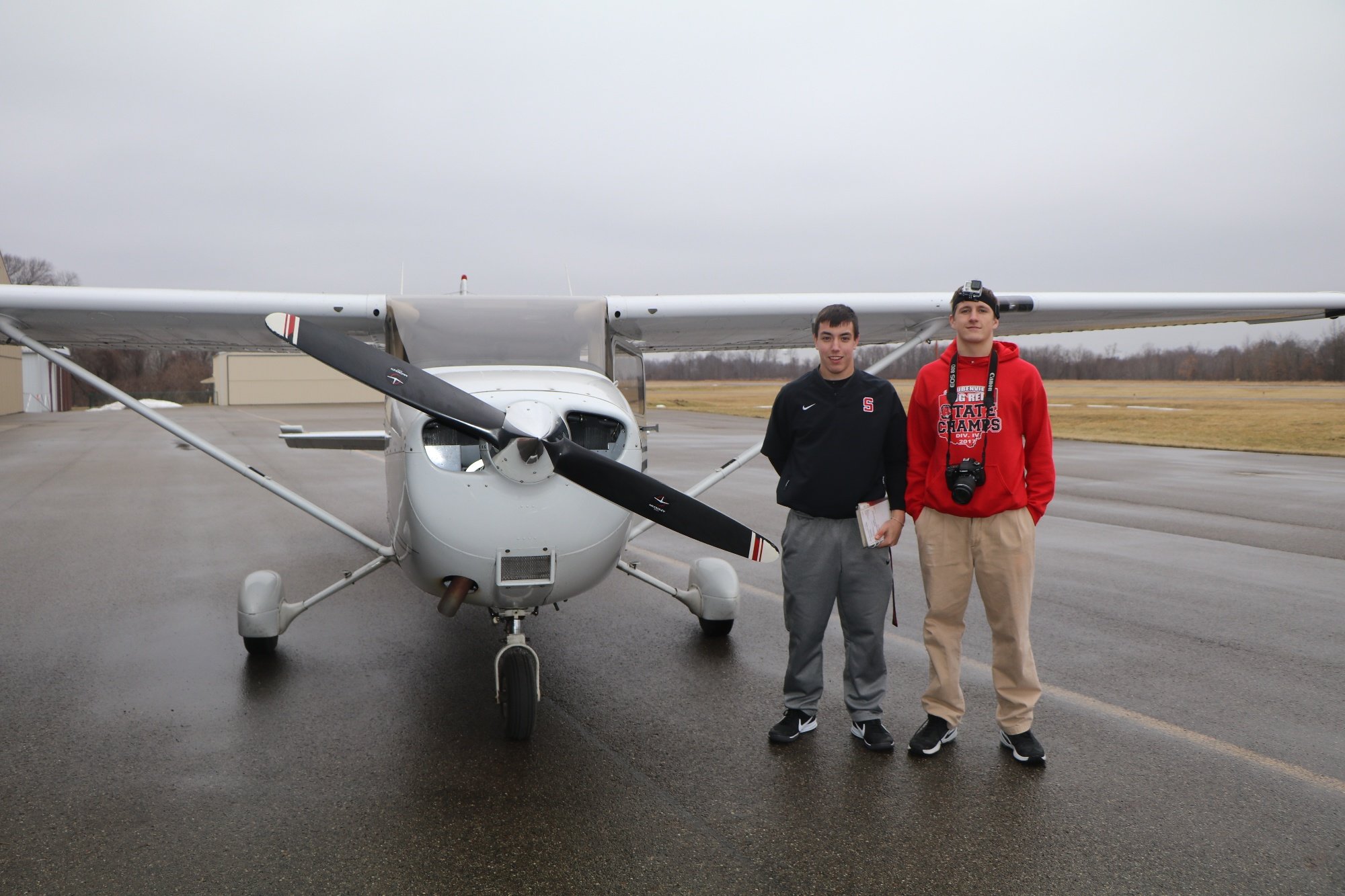It’s time to throw away your PTS… at least for your private pilot and instrument students. The FAA’s Practical Test Standards (PTS) are going away and starting June 15, the new Airmen Certification Standards (ACS) take effect.
For the aviation and flight training industry, the ACS has been a long time coming, almost five years in the making. The effort began as an industry supported initiative to improve the evaluation quality of knowledge tests and soon transitioned into a comprehensive rebuild of the entire airman certification system. Pilots, instructors, and examiners will begin to use the ACS for private pilot airplane certification and instrument airplane ratings this week. The Airmen Certification Standards for commercial pilot, ATP, and instructor are still in development and should be coming out within a year.
Here are a few key factors to consider as the change occurs.
- The knowledge tests are better.
With the transition to the ACS, the knowledge test will better evaluate your knowledge instead of your memorization skills. Many outdated questions have been removed from the test and questions that require the pilot to apply his knowledge (instead of rote memorization) have been added. To further reduce rote memorization and support the true evaluation of an applicant’s knowledge, the FAA will stick with its decision (implemented a couple of years ago) to not publish written test questions. Additionally, the ACS assigns a unique code to each item or “element” evaluated. These codes should help the FAA keep standards more clearly aligned with content from guidance handbooks when preparing for and reviewing results from the knowledge test.
- The Checkride should not seem much different for your students.
If this is the first time you’re hearing about it, the change may seem dramatic, but the metrics for each maneuver or task that you are familiar with from the PTS remain the same. The examiner may evaluate with more scenario based questions, but simply think of the ACS as an upgraded and enhanced PTS. For example, a private pilot applicant is still required to show that he or she can perform a steep turn and maintain altitude +/- 100 feet, airspeed with +/- 10 knots, bank +/- 5 degrees, and roll out on the entry heading +/- 10 degrees.
- Risk Management becomes a super star.
Each task being evaluated in the ACS includes a risk management segment. The risk management elements for each task aim to provide less abstract and more specific behaviors to evaluate. These segments allow an examiner to evaluate a pilot’s ability to apply the knowledge they have learned to identify and mitigate risks. For example, for the task of Engine Starting, the applicant must demonstrate “the ability to identify, assess, and mitigate risks encompassing hot and cold weather operations [and an] abnormal start”, among others.
- “Know. Consider. Do.”
The FAA has organized the ACS into an “easy-to-use flight plan” that lays out what an applicant should know (knowledge section), consider (risk management section), and do (skill section). The goal is a clear and logical presentation of the standards. Approaching the ACS through this technique and mantra may make it even easier to transition to this new document. So perhaps on your next lesson with a student, sit down and say, "let's open up the ACS and review what the FAA expects you to know, consider, and do for this task/maneuver."
Take a look at the Airmen Certification Standards here.
For additional information, we recommend reviewing these links:
FAA Wings Course – Understanding the ACS
FAA.GOV - ACS Tips for Evaluators
Boldmethod – FAA Exams Are Changing- Here’s What you Need To Know About the Rumors
Air Facts – Certifying Pilots: The New Airmen Certification Standards
Share this
You May Also Like
These Related Articles

STEM Project Sees Students Take Flight

How to Be a Good Instructor in the Cockpit, Classroom, and Simulator
